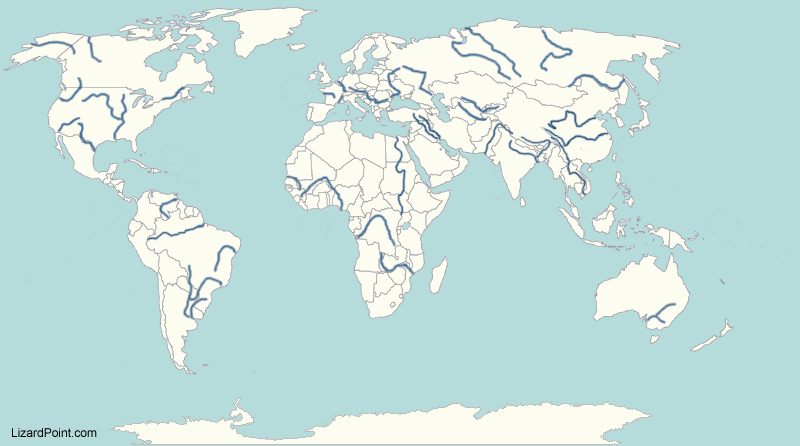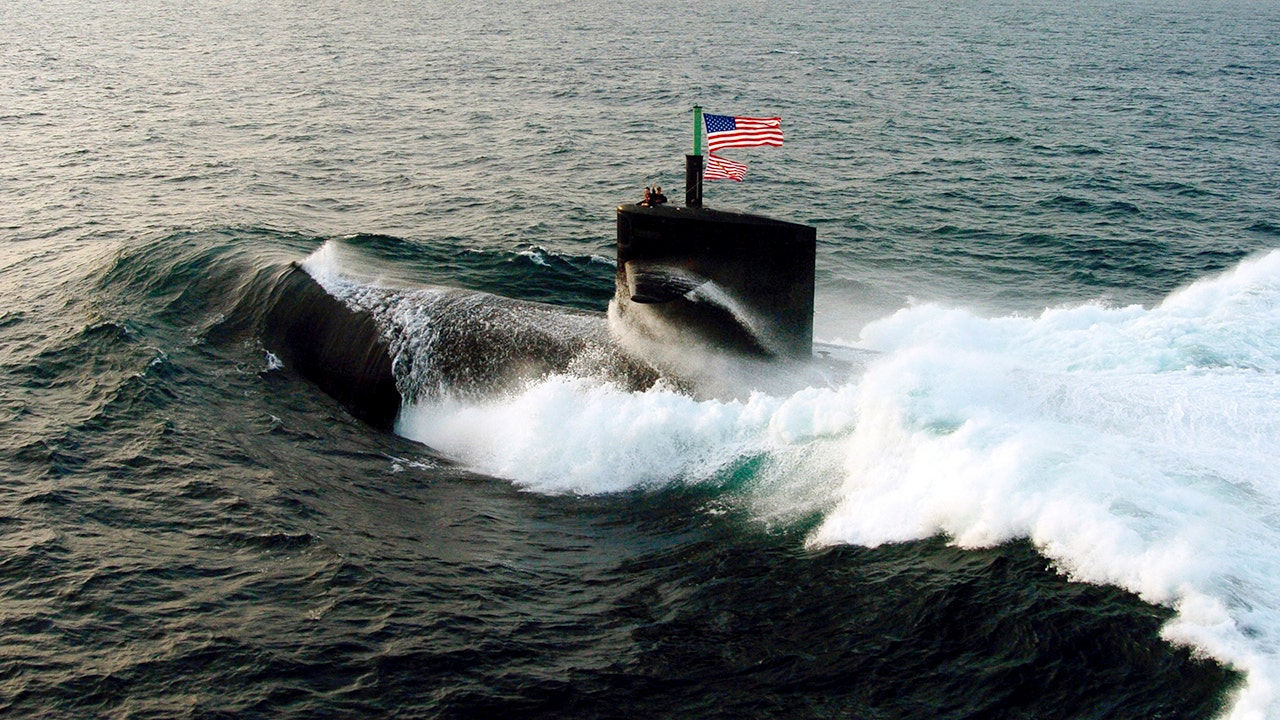Can Cooperation Save Our Water? The Treaties You Need to Know!
As of 2024, nearly 2 billion people around the world face water scarcity, a situation exacerbated by climate change, population growth, and increasing demand for water. With predictions indicating that by 2030, global water demand could exceed supply by 40%, the urgency for effective water management has never been more pressing. As nations share river basins, lakes, and aquifers, disputes over water rights are becoming more frequent and intense. In response, many countries have established treaties to manage these vital resources cooperatively. This article explores significant water treaties worldwide, highlighting their impacts and the challenges they face in safeguarding our most essential resource.
Historical Context of Water Treaties
The need for water treaties has grown in modern times, particularly in the 20th century. The 1966 United Nations International Covenant on Economic, Social and Cultural Rights emphasized the right to access clean water, setting a precedent for future agreements. The 1997 UN Convention on the Law of Non-Navigational Uses of International Watercourses marked another significant milestone, encouraging cooperation among nations sharing water resources.
Key Water Treaties Around the World
1. The Treaty of the River Plate (1934)
This agreement between Argentina, Uruguay, and Brazil governs the use of the River Plate and its tributaries. It emphasizes cooperation in navigation and resource management, fostering joint projects and shared benefits.
2. The Indus Waters Treaty (1960)
One of the most successful water treaties, this agreement between India and Pakistan allocates the waters of the Indus River and its tributaries. While India controls the eastern rivers, Pakistan has rights to the western rivers. Despite ongoing tensions, this treaty has endured through various conflicts and remains a cornerstone of water management in the region.
3. The Nile Basin Initiative (1999)
Involving ten countries, including Egypt, Sudan, and Ethiopia, this initiative aims to collaboratively manage and develop the Nile River’s resources. However, the construction of the Grand Ethiopian Renaissance Dam has sparked significant tensions, with Egypt fearing reduced water flow, challenging the spirit of cooperation.
4. The Helsinki Rules (1966)
These principles, adopted by the International Law Association, provide guidelines for the use of international watercourses. While not a treaty, the Helsinki Rules have influenced many bilateral and multilateral agreements, promoting equitable and reasonable use of shared water resources.
5. The Mekong Agreement (1995)
The Mekong River Commission, consisting of Cambodia, Laos, Thailand, and Vietnam, manages the river’s resources. This treaty addresses hydropower development and flood management but faces challenges from unilateral dam construction by upstream countries, threatening cooperation.
6. The Colorado River Compact (1922)
Dividing the Colorado River’s flow among seven U.S. states and Mexico, this compact has been vital for water management in the arid southwestern United States. However, climate change and prolonged drought threaten its sustainability, highlighting the need for cooperative solutions.
7. The Water Framework Directive (2000)
A European Union directive aimed at improving water quality and managing resources across member states. It promotes a comprehensive approach to water management, emphasizing cooperation to ensure sustainable usage.
8. The Great Lakes Water Quality Agreement (1972)
This treaty between the U.S. and Canada focuses on protecting the water quality of the Great Lakes. Amendments have addressed pollution and ecosystem health, showcasing the effectiveness of collaboration in safeguarding shared resources.
9. The Okavango River Basin Agreement (2014)
Involving Angola, Namibia, and Botswana, this agreement seeks to manage the Okavango River sustainably. The region faces challenges from climate change and development pressures, emphasizing the need for ongoing cooperation.
10. The Amazon Cooperation Treaty (1978)
Involving eight countries in the Amazon basin, this treaty promotes sustainable development and environmental protection. While it establishes a framework for cooperation, political and economic interests often complicate collaborative efforts.
11. The Malacca Straits Treaty (2006)
This agreement among Indonesia, Malaysia, and Singapore addresses navigation and security in the Malacca Strait, one of the world’s busiest maritime routes. It underscores the importance of collaborative governance for shared water bodies.
12. The Gibraltar Agreement (1713)
While primarily a territorial agreement, the Treaty of Utrecht included stipulations about water access and rights in the surrounding areas, laying the groundwork for future resource management discussions.
13. The Torricelli Agreement (1993)
This treaty between Italy and Slovenia addresses shared water resources, emphasizing cooperation in the management of rivers, lakes, and aquifers to foster bilateral relationships for sustainable use.
Challenges Facing Water Treaties
Despite the establishment of numerous treaties, many face significant challenges. Climate change, population growth, and competing demands for water can exacerbate tensions between nations. For instance, the Nile Basin Initiative struggles with conflicting interests among its member states, particularly due to Ethiopia’s dam construction.
The Indus Waters Treaty has survived numerous crises, but tensions remain, especially regarding water allocations during droughts. Similarly, the Mekong Agreement faces hurdles as upstream countries build dams that disrupt the river’s flow, impacting downstream communities and livelihoods.
The Path Forward
To ensure the success of water treaties, nations must adapt to changing climatic conditions and cultivate political will for cooperation. Building trust and fostering communication among countries sharing water resources will be crucial.
For treaties like the Indus Waters Treaty and the Great Lakes Water Quality Agreement, continued dialogue is essential to navigate challenges and maintain cooperative frameworks. In contrast, treaties facing significant tensions, such as the Nile Basin Initiative and the Mekong Agreement, require innovative solutions and compromises to prevent conflicts.
As global water scarcity increases, the significance of these treaties will only grow. Countries must prioritize collaboration, not just for diplomacy’s sake but for the sustainable future of shared water resources. The resolution of existing disputes and effective management of transboundary water resources will be vital in ensuring water security for generations to come.





Clochant I’m often to blogging and i really appreciate your content. The article has actually peaks my interest. I’m going to bookmark your web site and maintain checking for brand spanking new information.